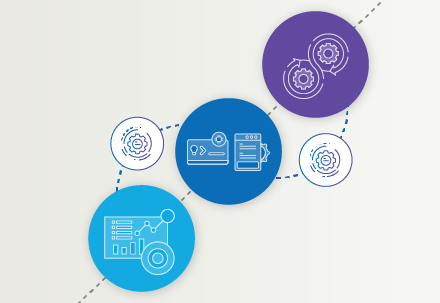Contact Us
Topic
Awards
Blue Prism Cloud
Blue Prism Events
Blue Prism World
Careers and Culture
Compliance
Contact Center
Customers
Customer Onboarding
Demo Webinar
Digital Exchange
Executive Insights
Governance
Industry Trends
Intelligent Automation at Speed
Intelligent Automation Skills
Just Add Imagination
Partners
Product
Robotic Operating Model
Social Responsibility
Success Accelerators
Third Party Research
Why Blue Prism
Women in RPA
Media Coverage
Blue Prism World 2022
Blue Prism World 2021
Blue Prism Live
Business Function
Compliance
Contact Center
Customer Care
Finance
Human Resources
Information Technology
Operations
Other
Shared Services
Supply Chain
Any Business Function
Customer Service
Sales and Marketing
Compliance and Governance
Production and Operations
Business Strategy and Planning
Innovation / R&D
Project Management
Business Advisory
Procurement and Supply Chain
Distribution and Logistics
Manufacturing
Any Department
Innovation / RandD












If your network blocks YouTube, you may not be able to view the video on this page. In this case, please use another device. Pressing play on the video will set third-party YouTube cookies. Please read our Cookies Policy for more information.





